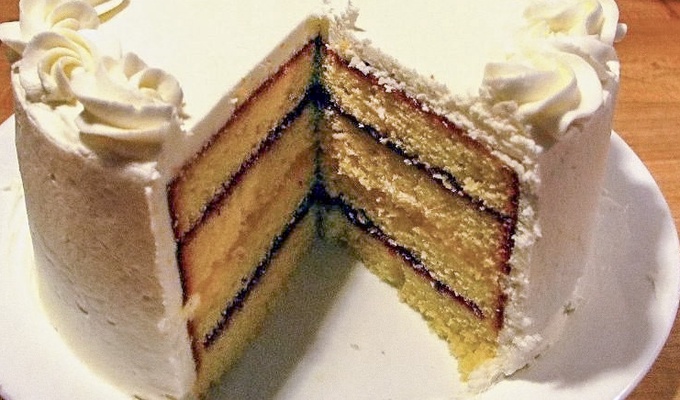Boxed cake mix is a convenience product, original produced in America during the Great Depression, which contains all the dry ingredients for a cake in a single package.
During the Great Depression, there was a surplus of molasses and the need to provide easily made food to millions of economically depressed people in the United States. One company patented a cake-bread mix to deal with this economic situation, and thereby established the first line of cake in a box. In so doing, cake, as it is known today, became a mass-produced good rather than a home- or bakery-made specialty.
Later, during the post-war boom, other American companies (notably General Mills) developed this idea further, marketing cake mix on the principle of convenience, especially to housewives. When sales dropped heavily in the 1950s, marketers discovered that baking cakes, once a task at which housewives could exercise skill and creativity, had become dispiriting. This was a period in American ideological history when women, retired from the war-time labor force, were confined to the domestic sphere, while still exposed to the blossoming consumerism in the US. This inspired psychologist Ernest Dichter to find a solution to the cake mix problem in the frosting. Since making the cake was so simple, housewives and other in-home cake makers could expend their creative energy on cake decorating inspired by, among other things, photographs in magazines of elaborately decorated cakes.
Ever since cake in a box has become a staple of supermarkets and is complemented with frosting in a can.
